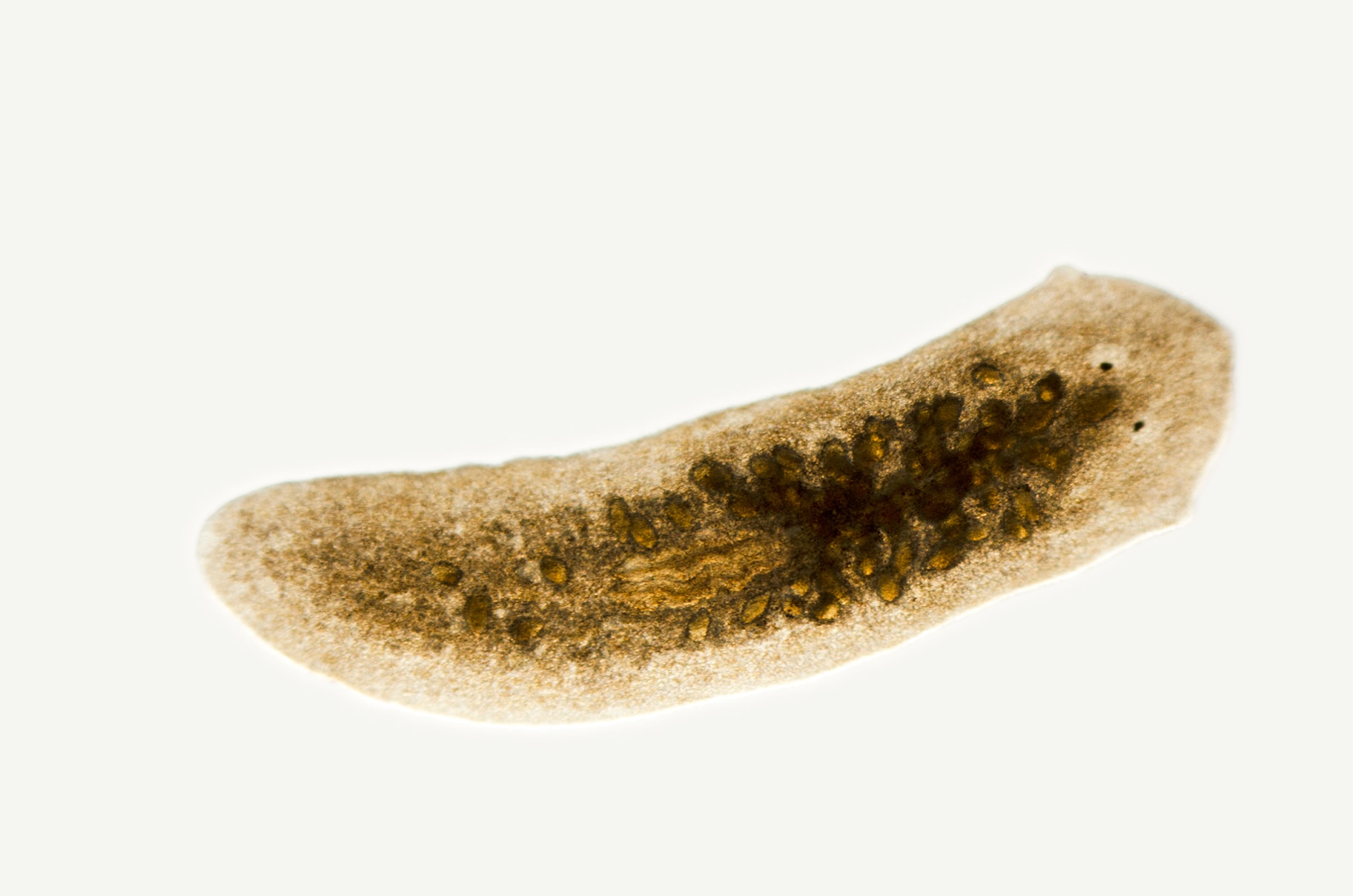Create a free profile to get unlimited access to exclusive videos, sweepstakes, and more!
How flatworms could save you from bleeding out
No worms were harmed in the making of this science.

If you haven’t yet seen Halloween Ends (what are you waiting for? It’s spooky season and it’s streaming on Peacock right now!) then you might want to skip the rest of this paragraph. Minor, albeit expected spoilers ahead. The hint was in the title. We all knew this was the end, and by the time the credits roll Michael Myers is dead. Or is he?
In any event, if you were one of the many people who found themselves at the pointy end of the masked killer’s blade — or if you’re just a human being who is at the mercy of real-world injury — your prognosis is largely dependent on where he stabbed or slashed. There are, broadly speaking, two types of injuries: compressible and non-compressible.
You’ve probably heard that the most important thing to do when someone is bleeding is to apply pressure. The idea is to keep as much of the blood inside the body as possible and prevent catastrophic blood loss until the injured party can get professional medical assistance. That’s relatively easy to do if the injury is on the arm or leg, but more difficult to accomplish in other areas. If, for instance, a person was bleeding from the stomach or the chest, it’s harder to apply sufficient pressure to keep the blood from flowing. You can’t exactly tourniquet someone’s midsection. Those wounds are non-compressible, and they are a significant problem in the world of trauma response.
Uncontrolled bleeding accounts for nearly a third of all trauma-related deaths globally. The unfortunate fact is that ordinary bandages or gauze just aren’t doing the job as well as we might like. So, in the absence of being able to make a more compressible body, scientists have designed a better bandage.
Jianyu Li, an assistant professor and research chair in the Department of Mechanical Engineering at McGill University, and colleagues, looked to nature for inspiration in creating a better bandage, one which might be capable of slowing blood loss in cases when other bandages don’t work. Their findings were published in the journal Nature Communications.
They found that inspiration in the humble flatworm, by looking at the microstructures hidden in their bodies and the ways in which they use those structures to interact with the world. Animals like flatworms and marine mussels, use gland channels to store and deliver adhesives to the environment.
“The key challenge in the field is non-compressible hemorrhage. When injury happens to your torso or internal organs, it’s very difficult to apply compression,” Li told SYFY WIRE.
Many different animals from a variety of environments create adhesives, but flatworms somehow manage to pull it off in a watery environment. That accomplishment is part of why they were of interest to researchers. Often times, non-compressible injuries remain awash in a flow of blood. Even if you can get a bandage to the right location, it struggles to bind with the surface because of the active blood flow. Building a new biomaterial with the properties of flatworms allowed for a bandage which can handle the unique circumstances of an open wound.
“We engineered these kinds of microstructures into the bio-adhesive hemostatic matrix. It’s a very simple, elegant design but achieves a lot of goals. One is that they can handle heavy bleeding. Those pores can uptake blood from the bleeding site and that’s essential for the adhesion mechanism. You need to remove this liquid barrier in order to really stick to the underlying tissue or organ,” Li said.
The microstructures also serve as a reservoir for adhesive which is delivered once the bandage is applied. They’re sort of a one-two punch of soaking up blood, removing the liquid barrier, and applying adhesive, all of which works together to make the bandage stick and stop active bleeding.
“The key thing here is very simple, it can adhere to the underlying tissue and form a strong barrier to stop the blood flow. With a single system we can leverage these two effects together to achieve non-compressible hemorrhage control,” Li said.
The material itself is inspired by flatworms but isn’t actually made out of them. The last thing you want is flatworms in your blood. Instead, the manufacturing process is similar to making Jell-O, according to Li.
“Basically, you make the Jell-O and then put it in a freezer, then we use a freeze drier to extract water from the material in order to store them long-term. The end product is applied just like gauze,” Li said.
In fact, there are two ways this material can be used. The first is to keep it dry and at room temperature, with adhesive material kept separately. This would require an additional step of loading the material before use but has the benefit of being stable at ambient temperatures. The other method is loading it with adhesive in advance, which makes it more readily usable, but requires keeping it frozen until it’s ready for use. Consequently, we might see a future in which the pre-loaded version is available in hospitals or in ambulances where they could be kept at the appropriate temperature while the dry version might be made available to consumers.
All of that still needs to be worked out. The team is currently in the process of creating a spin-off company from their research and potentially licensing the technology for use in places where trauma is common, such as hospitals or on the battlefield. Now, if only we could figure out how to bottle the flatworm’s regenerative capabilities, we might put an end to traumatic injuries for good.


























